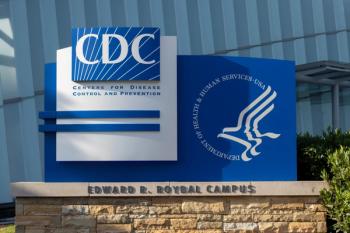
Perceived HIV Risk Affects PrEP Uptake Among Individuals With Access
Individuals who perceive themselves to be at a high risk of HIV are more likely to accept pre-exposure prophylaxis (PrEP) than their peers.
Patients who believe themselves to be at a high risk of contracting HIV are more likely to accept pre-exposure prophylaxis (PrEP) than their peers. That’s one key finding from a new study that looked at how individual factors affect PrEP uptake.
Much of the research into PrEP uptake has centered around demographic factors, as well as patients’ awareness levels and ability to access and pay for the drug.
While those factors are important, investigators from the City University of New York (CUNY) and the Callen-Lorde Community Health Center—also in New York—wanted to find out what factors might affect uptake on an individual level among patients who have access to PrEP.
“Little, if any, of the current research on PrEP uptake has examined intervenable factors at the patient-level, ie, specific psychological, attitudinal, or motivational factors that could be addressed to enhance the likelihood of PrEP uptake,” wrote corresponding author Sarit A. Golub, PhD, MPH, of the Department of Psychology at CUNY’s Hunter College.
To get a better handle on those factors, Golub and colleagues analyzed data from a PrEP study conducted at the community health center, which is the largest LGBT health center in the city.
Between 2014 and 2016, the center recruited HIV-negative men who have sex with men (MSM) and transgender women into the study and gave them a choice between a PrEP group and a non-PrEP comparison group. Those who chose the PrEP group were given up to 12 months' worth of PrEP and agreed to make quarterly visits for monitoring, testing, and check-ups. The non-PrEP comparison group, meanwhile, was simply asked to come at 3 months and 12 months to get tested for HIV and other sexually transmitted infections.
A total of 267 participants enrolled in the PrEP group and 101 people joined the comparison group.
When comparing uptake data to individualized factors, investigators found men and transgender women whose main sexual partner was HIV positive were more likely to accept PrEP. Participants who had engaged in risky sexual behavior in the past 3 months were also more open to PrEP, as were patients who perceived themselves to be at high risk for HIV.
Continue reading on
Newsletter
Stay informed on drug updates, treatment guidelines, and pharmacy practice trends—subscribe to Pharmacy Times for weekly clinical insights.






















































































































































































































